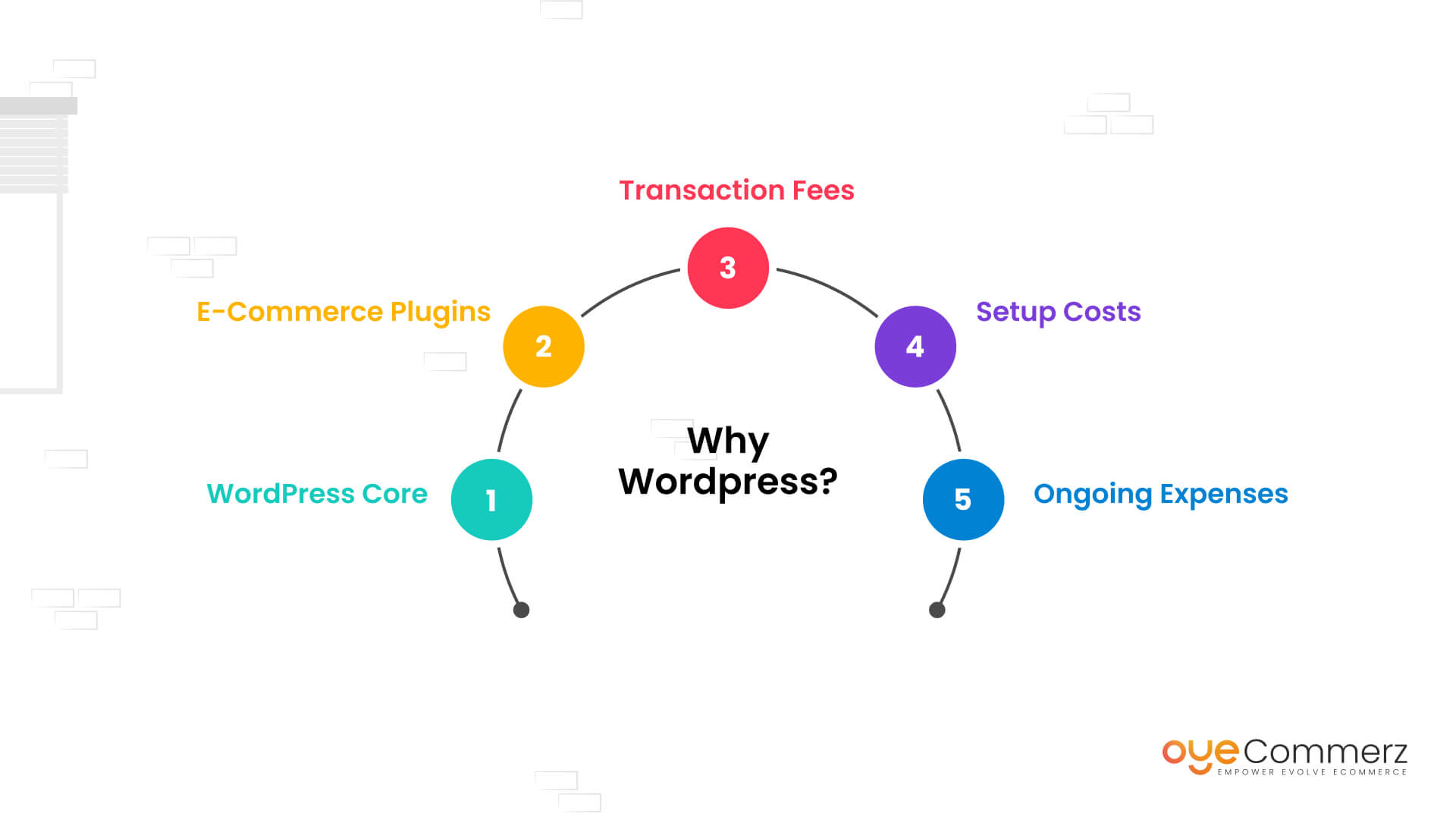Shifting from WP to Shopify marks an exciting step toward optimizing your e-commerce operations. As businesses expand, selecting a platform that aligns with scalability, UX, and flexibility becomes crucial. Shopify is widely recognized as a preferred choice for online merchants, offering superior adaptability, data protection, and ease of use. In this guide, we will delve into the transformative impact of this migration, highlight the benefits, and provide actionable steps to facilitate a seamless transition.
1. Top Reasons to Transition from WP to Shopify
The combination of WordPress and WooCommerce, continues to support countless online stores. However, as companies scale, issues like reliance on plugins, data risks, and complex setups often obstruct growth. Shopify, specifically created for e-commerce, eliminates these concerns with an all-in-one, intuitive platform. Real data back this transition—Shopify powers over 4.4 million stores globally, with a reported 10% boost to sales conversion rates for numerous merchants after migration.
2. Shopify's Perks for Thriving Online Stores
Shopify’s robust ecosystem caters for scaling businesses. Its notable features include:
- Effortless Design Flexibility: Shopify provides over 80 expertly crafted themes.
- Integrated Tools: Capabilities such as Shopify Payments and integrated SEO save time and effort.
- Global Reach: Currency versatility and localization features empower brands to expand internationally.
Additionally, Shopify delivers an availability percentage of 99.98%, ensuring your store remains accessible.
3. Getting Ready for Your WP-to-Shopify Transition
Before migrating, evaluate your existing setup. Review inventory details, customer details, and search engine rankings. Tools like Shopify’s Migration Kit or third-party solutions can simplify this process. Develop a detailed strategy, making sure all resources—product descriptions, media files, and articles—are ready for seamless import.
4. The Importance of Accurate Data Migration
Data migration is a cornerstone of a successful platform switch. When migrating from WordPress to Shopify, focus on:
- Inventory Details: Best Shopify migration services SKU, descriptions, and categories.
- Customer Data: Emails, order history, and custom fields.
- Search Engine Considerations: Retain meta tags, URLs, and forwarding paths to maintain search rankings.
Leverage apps like LitExtension to facilitate seamless migration while minimizing errors.
5. Tailoring Your Shopify Store to Fit Your Brand
After the move, personalizing your Shopify store helps it reflects your business identity. Utilize Shopify’s intuitive page builder to create layouts with ease. Shopify's themes are optimized for all devices, providing a seamless user experience across devices—a critical factor, given 74% of e-commerce traffic comes from mobile visitors.
6. How to Protect Your SEO Rankings When Switching Platforms
SEO is vital for preserving your visibility during migration. Shopify is highly optimized for search engines with clean URL structures, built-in optimization tools, and seamless blog integration. Ensure:
- Set up URL forwarding for existing links.
- Enhance updated content with keyword-rich content.
- Use Shopify's apps Plug in SEO to monitor performance after the switch.
7. Essential Tests After Migrating to Shopify
After finishing the transfer, run detailed checks.
Review:- Website speed (Shopify delivers faster speeds compared to WP).
- Functionality of payment gateways and checkout processes.
- Adaptability across devices.
Testing ensures your store provides a seamless shopping experience from the start.
8. Real-Life Success Story
An example of effective platform switching is Gymshark, a fitness apparel brand that moved to Shopify. After the switch, the company experienced a 60% boost in mobile sales and significantly lowered site downtime. This showcases the capabilities of Shopify in enhancing e-commerce growth.
9. Challenges and Solutions
Migration is not without obstacles, such as information accuracy and reconfiguring custom functionalities. Custom Shopify development However, Shopify’s robust support and external professionals simplify the process. Partnering with qualified Shopify developers helps guarantee a trouble-free transition.
10. Making the Switch: The First Step Toward Success
Switching from WP to Shopify marks a forward-thinking decision to e-commerce. By focusing on growth, simplifying management, and enhancing the customer experience, Shopify empowers businesses to succeed in challenging industries.
Final Thoughts
Transitioning from WordPress to Shopify is a strategic move that can significantly boost your e-commerce success. With a well-structured strategy, the right tools, and expert support, you can unlock new growth opportunities.
Excited to start the journey? Let’s discuss how our Shopify migration services can revolutionize your e-commerce platform. Get in touch today, or ask yourself: Is it time to seize Shopify’s advantages for your store?

Comments on “Seamless WordPress to Shopify Migration: A Comprehensive Roadmap for E-commerce Growth”